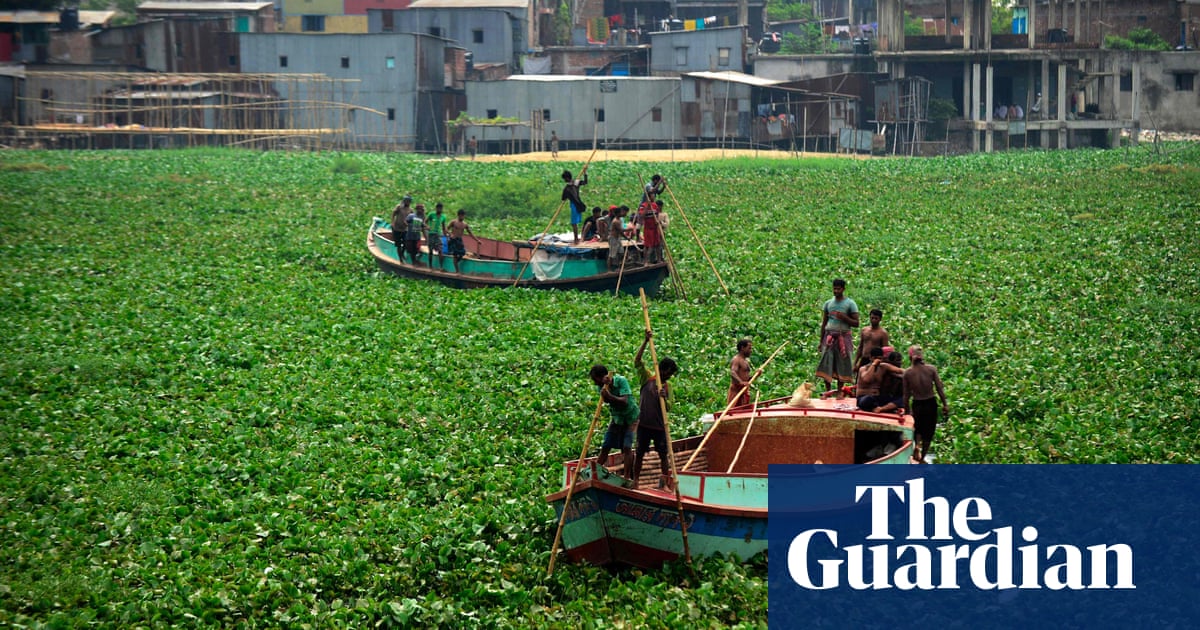Invasive species are costing the world at least $423bn every year and have become a leading threat to the diversity of life on Earth, according to a UN assessment.
From invasive mice that eat seabird chicks in their nests to non-native grasses that helped fuel and intensify last month’s deadly fires in Hawaii, at least 3,500 harmful invasive species have been recorded globally in every region, spread by human travel and trade. Their impact is destructive for humans and wildlife, sometimes causing extinctions and permanently damaging the healthy functioning of an ecosystem.
Humans are an invasive species.
Exactly we cost the world trillions and are rapidly killing the ability for us to live here. All for money that we made up.
Welp going to have a Matrix marathon again now
Here is an alternative Piped link(s): https://piped.video/mgS1Lwr8gq8?si=aFiNo4wTBQ268IuO
Piped is a privacy-respecting open-source alternative frontend to YouTube.
I’m open-source, check me out at GitHub.
This is the best summary I could come up with:
Invasive species are costing the world at least $423bn every year and have become a leading threat to the diversity of life on Earth, according to a UN assessment.
The top three invasive species include water hyacinth, an aquatic plant native to tropical South America that blocks waterways and damages fisheries, the flowering shrub lantana, and the black rat.
Examples include Redonda, a mile-long rock that is part of Antigua and Barbuda in the Caribbean, where native vegetation, birds and reptiles burst back into life once invasive black rats and feral goats were removed in 2017, transforming the barren grey rock into a green island once again.
The report found that despite the recent UN global target on controlling invasive species spread, 84% did not have specific national legislation or regulations.
Some countries do have ambitious policies on the issue, such as New Zealand, which is aiming to eradicate all invasive species from its islands by the middle of the century.
Find more age of extinction coverage here, and follow biodiversity reporters Phoebe Weston and Patrick Greenfield on Twitter for all the latest news and features
The original article contains 813 words, the summary contains 186 words. Saved 77%. I’m a bot and I’m open source!






